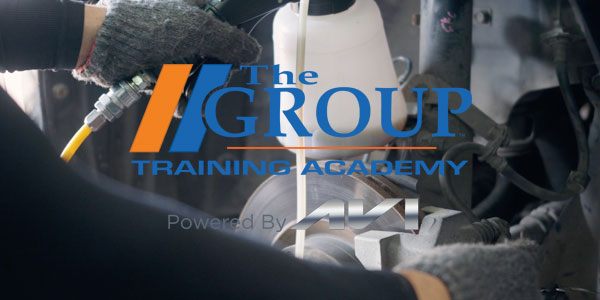The first ceramic brake pads appeared way back in 1985 on a few OEM applications. Over the years, the use of ceramic-based disc brake pads has grown to the point where it is now the most common friction material on both domestic and import vehicles.
There is no standard definition of what exactly constitutes a ceramic brake pad except that it contains some amount of ceramic fiber. Ceramic brake pads can be made using a variety of silica-based fibers and particles. The size of the fibers or particles may range from 0.4 to as much as 80 microns in diameter (smaller is better say some brake manufacturers). The ceramic powders are mixed with resins and other ingredients, then molded into pucks that are baked at high temperature in an oven to produce brake pads.
Ceramic friction compounds have stable and predictable friction characteristics. The coefficient of friction does not drop off as quickly as semi-metallics, nor does it fade as quickly as nonasbestos organic compounds as the brakes heat up. This is called “Mu Variability.” The more stable the friction characteristics are, the more consistent the brake pedal feels whether the brakes are hot or cold. Ceramic fibers also don’t “ring” like steel fibers, so there’s almost no brake noise. And the dust ceramic pads give off is almost invisible, eliminating the ugly black dust that is common with many original equipment European brake pads.
Recently, some friction suppliers have reformulated their ceramic brake pads to reduce the amount of copper in the friction material. Some friction compounds may contain up to 20 percent copper, which acts as a friction modifier in conjunction with other materials to reduce noise and improve stopping power, fade resistance and wear. But copper can be toxic to fish and other marine life when brake dust from nearby roads washes off into streams and lakes.
California and Washington have passed legislation that requires a gradual phase down of copper in brake pads. California’s new low-copper rules call for brake suppliers to reduce the copper content of their brake pads to less than 5 percent (by weight) by 2021, and no more than 0.5 percent copper by 2025. Several other states (Hawaii, New York, Oregon and Rhode Island) are considering similar rules).
Some brake suppliers have already introduced new low-copper ceramic brake pads that meet the upcoming requirements. Some of these new friction compounds also deliver even better braking performance than most of today’s existing ceramic compounds, including quieter braking (up to 35 percent quieter), reduced fade resistance (up to 40 percent better) and shorter stopping distances (up to 15 percent better).
Ceramic pads are a good upgrade opportunity, and can be recommended for vehicles that have noise, dusting or pad life concerns. As for vehicles that were originally equipped with ceramic pads, always replace same with same.












